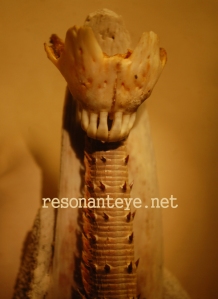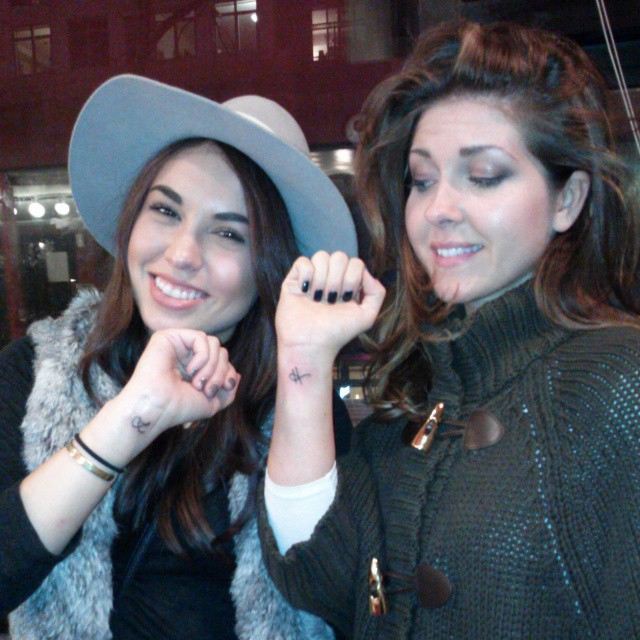 This depends on a lot of factors.
This depends on a lot of factors.
You want a tattoo! And you want a tattoo today, or tomorrow. Is it going to happen? Well, if your tattoo is small, simple, and in an easy area to work on, the chances are good that it will happen.
If your favorite shop or artist takes walk-ins or has empty time that day (hint: they’ll usually post on one of their social media sites if they have a cancellation or free time) then it’s even more likely to happen. If all of these things are true, and you call the shop to ask about getting worked on and the counter staff say “come on in, Joe has a few hours open today” then YES, you’re gonna get a tattoo today.
But do you need an appointment?
Usually, yes. Even on that magical day when all those things come together, there will be some things that make an appointment a good idea.
Let me explain what an appointment is, and what it isn’t.
A tattoo appointment is a set time during which your tattoo artist will be doing nothing but tattooing YOU. They will mark that time as “taken” in their schedule.
You will be the priority and that is the time during which you’ll get tattooed. A tattoo appointment is held with a deposit- some artists will take a deposit over the phone, by credit card, or online by paypal or some other means. Others will want you to come in person to leave a cash deposit. Deposits are usually nonrefundable; they ensure that even if you get hit by a meteor on your way to the appointment, the artist doesn’t lose money by telling other people to go away because they’re going to be busy with you. (deposits normally pay for part of your tattoo cost; part of the total you pay at the end)
Without a deposit, you don’t have an appointment. You probably have a consultation. That’s ok, too.
A consultation is a short meeting with a tattoo artist, which culminates in setting an appointment or getting a tattoo done that day.
Setting up a consultation is a good idea, so that the artist can give you a price estimate and figure out the artwork with you. In our original, awesome, everything-goes-right scenario, you’d likely get a consult – jotted into the schedule in pencil, it would mean one of two things.
- You will meet up with the artist for 15-30 minutes and discuss artwork, placement, cost, and all the rest. Then they will set up an appointment to do the tattoo at a later time.
- You’re next in line to get tattooed, and can wait until your turn to get tattooed that day.
If you have a consult, your artist will meet with you to discuss the tattoo right at that time, but you may have to wait a while to actually get the tattoo. It may need to be drawn differently, or they may need time to figure out technical details to apply it. Someone may have gotten their tattoo started before you arrived, and the artist will finish with them before it’s your turn.
If you’re on a tight schedule, make an appointment, not a consult. If you aren’t sure whether the artist can draw the tattoo on the spot, if it’s a bigger piece or in an odd place (ribs, hands, etc), if it has complicated elements or meanings, or if you know you might have to come back another day, make a consult and bring along your calendar and ideas so you can plan your future appointment. Hope for the best (getting tattooed today!), prepare for the worst (waiting until another day to get the tattoo done).
Here is what I am left with after I have a consultation with someone:
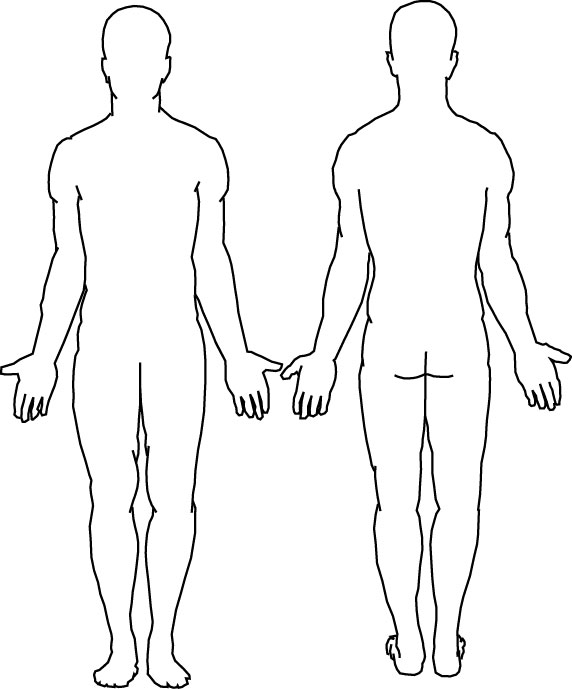
I’ll mark placement on a copy of this so I know where it’ll be

A rough doodle I made of the art while we were talking.
(actually this is a painting by Cy Twombly, but its what all my preliminary sketches tend to look like)

a brilliant idea for what the finished tattoo will look like.
(this is Buckminster Fuller, though)

a bunch of notes in my terrible handwriting that seem to have nothing to do with the tattoo but actually are notes about your tastes, aesthetic, ideas, hopes, dreams, and how awesome your glasses were, including a deadline by which I want to get the art finished.
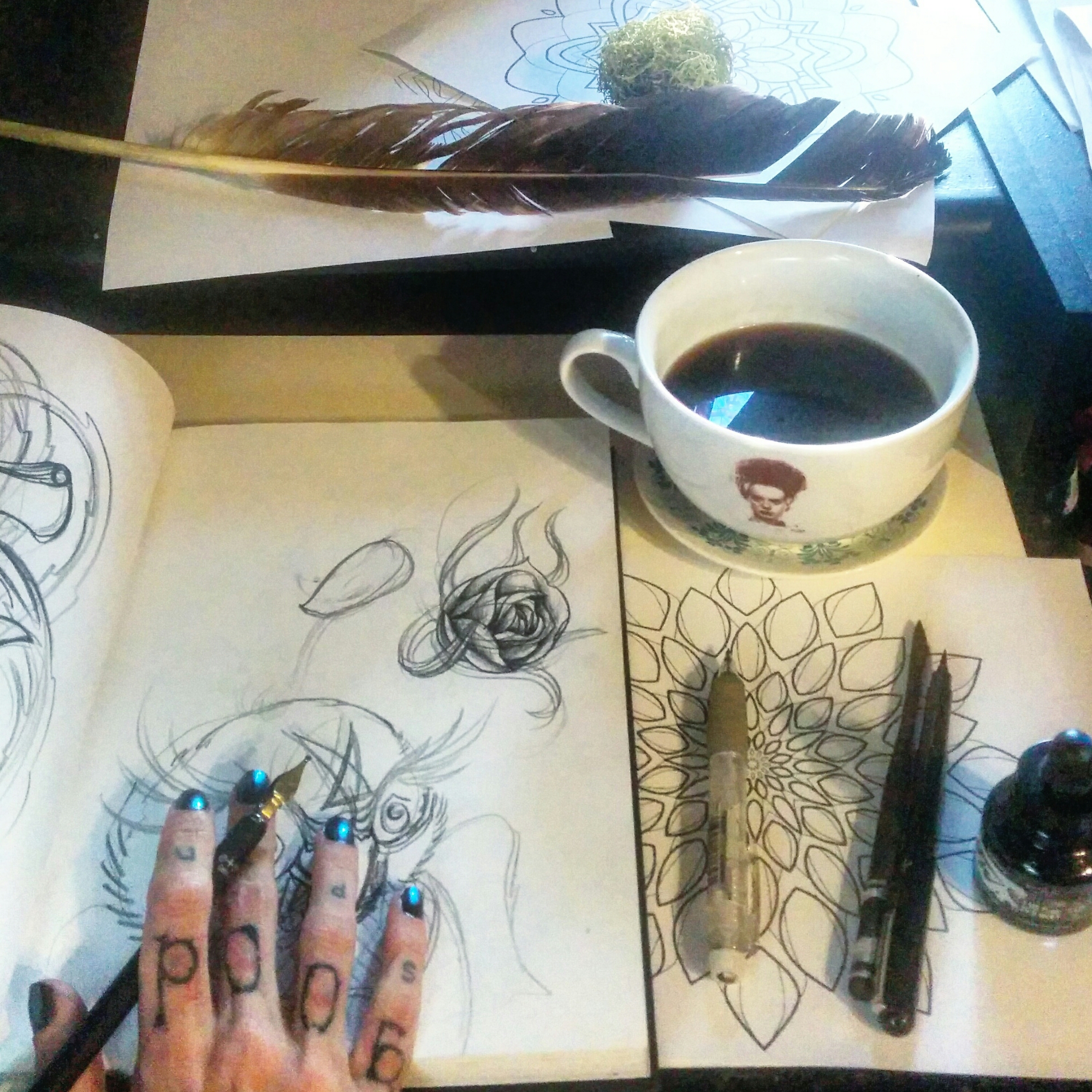
lots of coffee, and time

a sketch finished after the coffee and time

finally the appointment day arrives and it begins.
Now, let’s talk about just walking in.
A walk-in is simply going to the shop, getting in line, and waiting your turn to get your tattoo that day.
Some shops and artists encourage this and others don’t like it. Best way to find out if it’s going to work? Just call the shop and ask- “do you take walk-ins?” or “does anyone have time for a walk-in today?” They will let you know. If your art is something that needs lots of drawing time,or if a bunch of other people show up at the shop before you, they may not be able to tattoo it that day. They may not have time. BUT! If your tattoo is pretty simple, or if it’s the kind of thing that particular artist likes to draw and can draw easily, then yes you will be able to walk in and wait your turn and get a tattoo, all in one day.
Here are some examples of things that I have done as walk-ins:
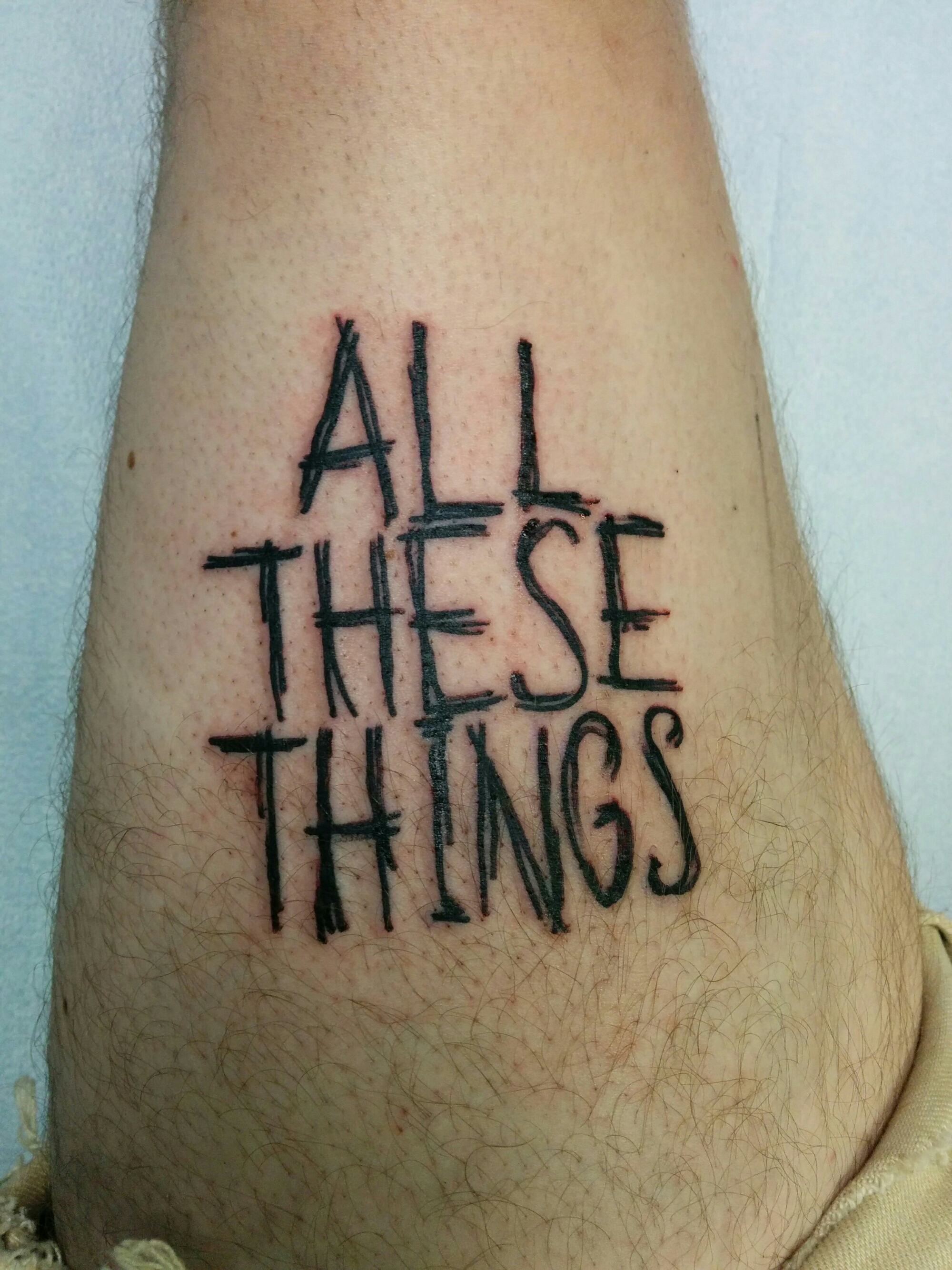

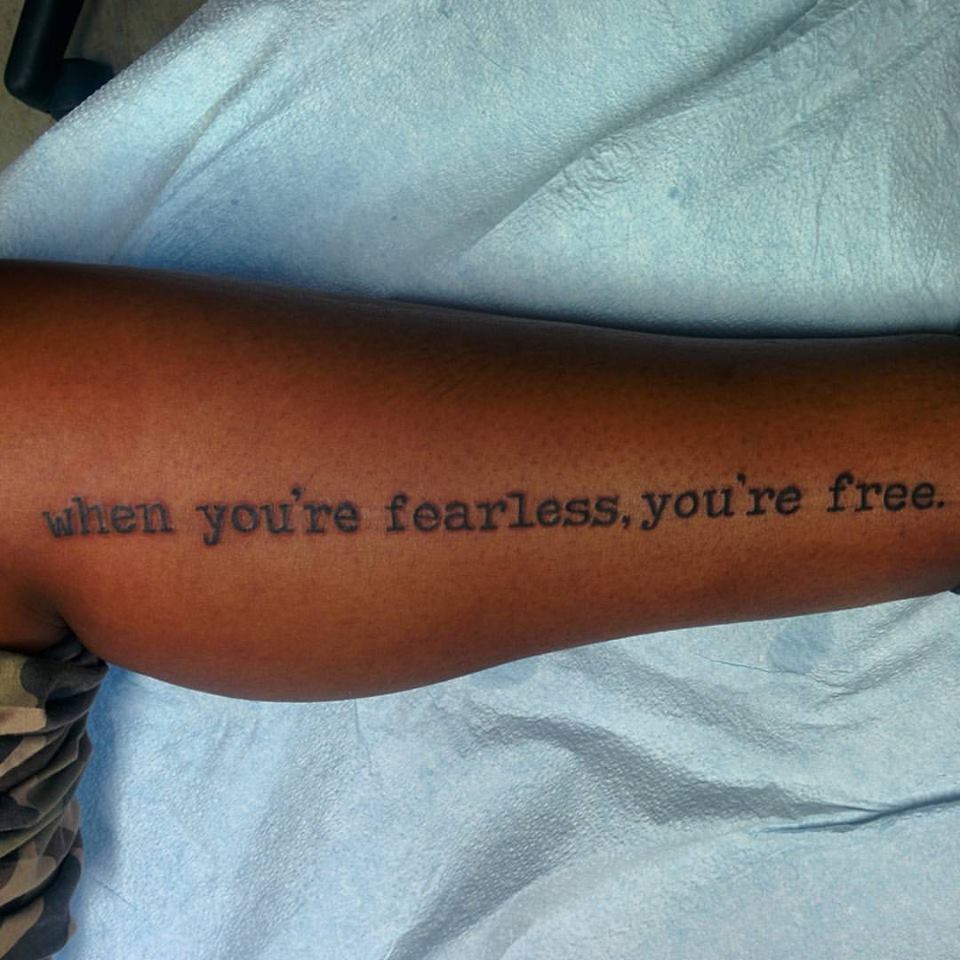
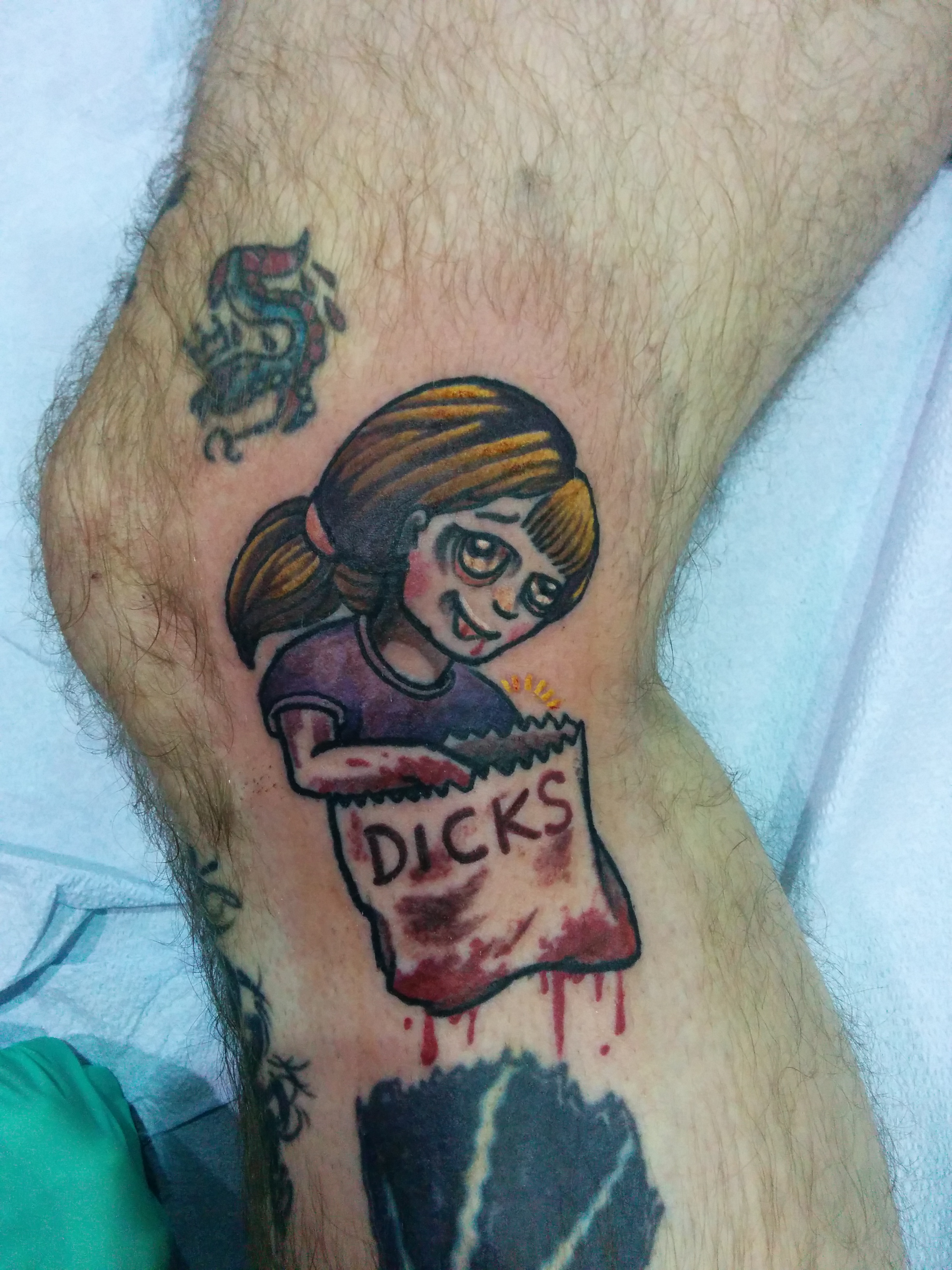


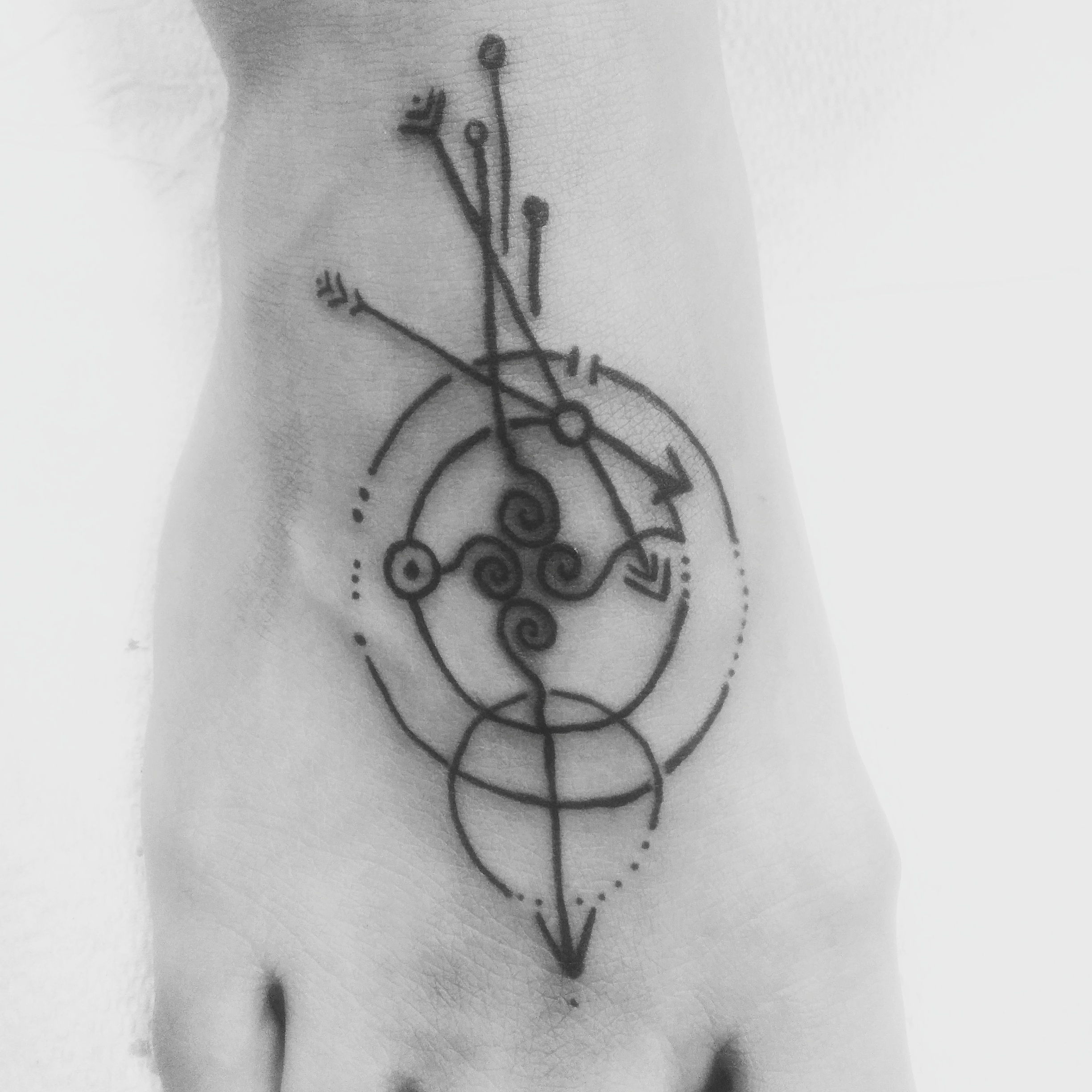

You’ll notice that some are very simple, and some are more complex. The complex stuff? It’s all stuff I like to draw, and can draw very quickly and easily right then and there. If you wanted something I wasn’t proficient with, I’d have to make a date for later and really take time with the drawing. Some of these, I had drawn beforehand- in my sketchbook- and people walked in and chose them from my drawings, or asked for something similar and I could use that drawing to work from. So it really depends on the artist, your flexibility, and other factors.
Personally, I always leave free time on the weekends to take walk-ins. I love spontaneity, and I have a big collection of drawings of “stuff I wanna tattoo on people” for folks to look at and pick from. I also like to draw some subjects so much, that drawing then tattooing them is easy for me (flowers, trees, plants). Usually my walk-in days get filled up by about halfway through, so anyone who runs in to the shop late hoping for time is SOL, though.
Now, I know that a lot of people think things are small and simple- and they’re not. I mean to you it may seem a simple design, but to us it may be a nightmare. There’s reasons for this- difficult placement, redrawing time, drawing time, planning out geometry or something. I can’t go into it too much because there are a million and one reasons why what seems a simple tattoo may in fact be a complex one to actually apply. In a lot of cases, people walk in wanting a thing that looks simple on paper, but then have to make an appointment to get it done later just so I have time to figure out that translation work and prepare the art correctly. Here are a few like that:





they may look simple enough, but they took planning and redrawing to get right.
So to sum up:
- Yes, some people take walk-ins. Call the shop and ask. Be prepared to wait in line for your turn.
- Yes, consults are a good thing. You might get tattooed that day,or you might have to make an appointment. Nothing is guaranteed. You don’t need a deposit to talk to an artist and the consultation itself costs nothing.
- Yes, appointments are the only way to be sure you will get tattooed at a specific time and day. Many times you’ll need to make one anyway, just because the artist needs to work on the concept to make it right. You’ll always leave a deposit to hold an appointment.
Good luck, and don’t be afraid to email or call the shop or the artist to find out how they handle each of these things. We have counter staff to handle that- we pay them to be nice to you and find a way for you to get tattooed. I like emails a lot, and I do a lot of online consultations too- some artists don’t, this is purely a matter of personal taste. If you have an artist who is responsive about emails, you can always email directly. Don’t be shy, though. We want you to get tattooed, today, or as soon as possible, because we love tattooing you.
bonus: a few tattoos that took consults AND appointments to get done.
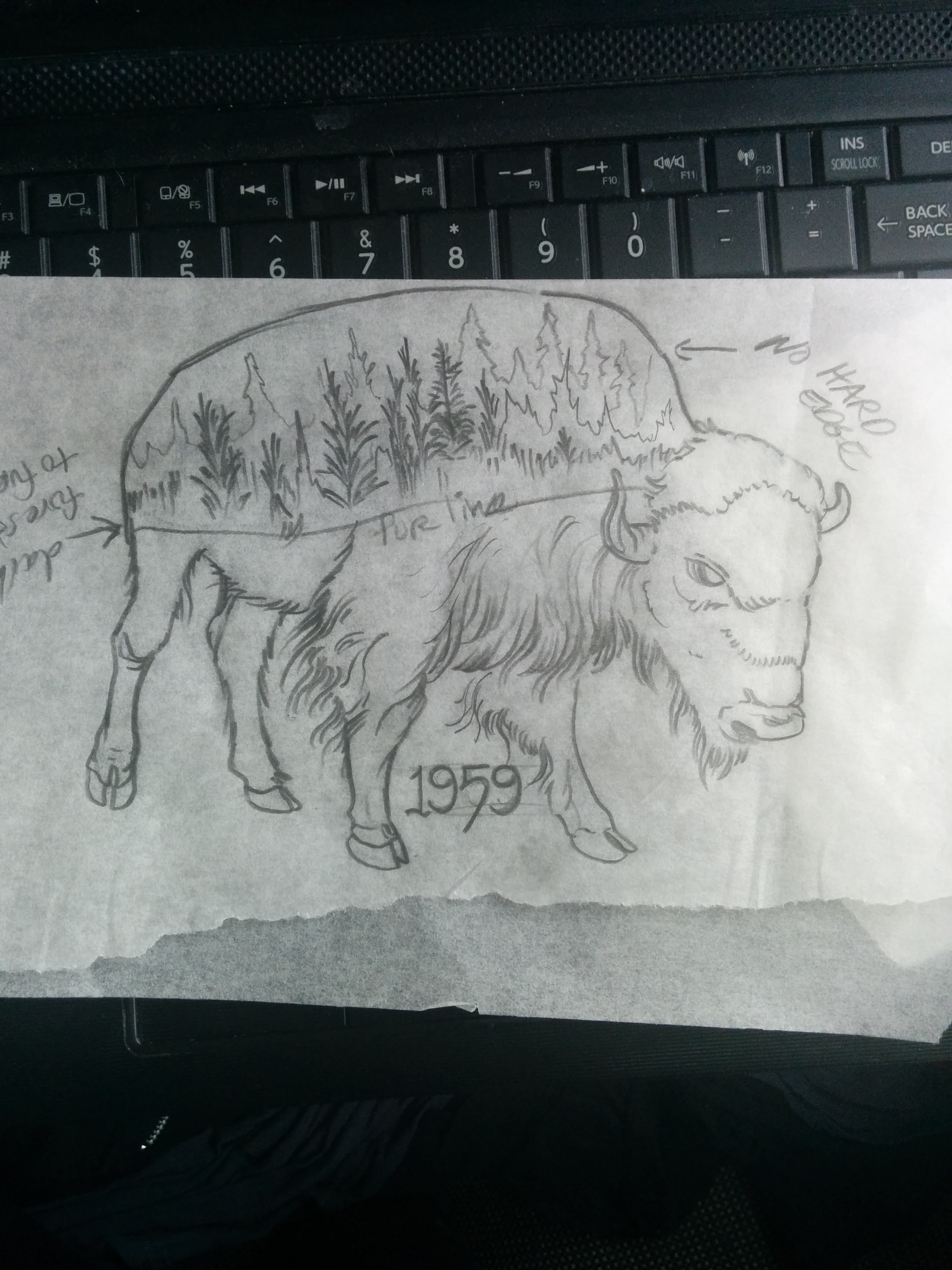
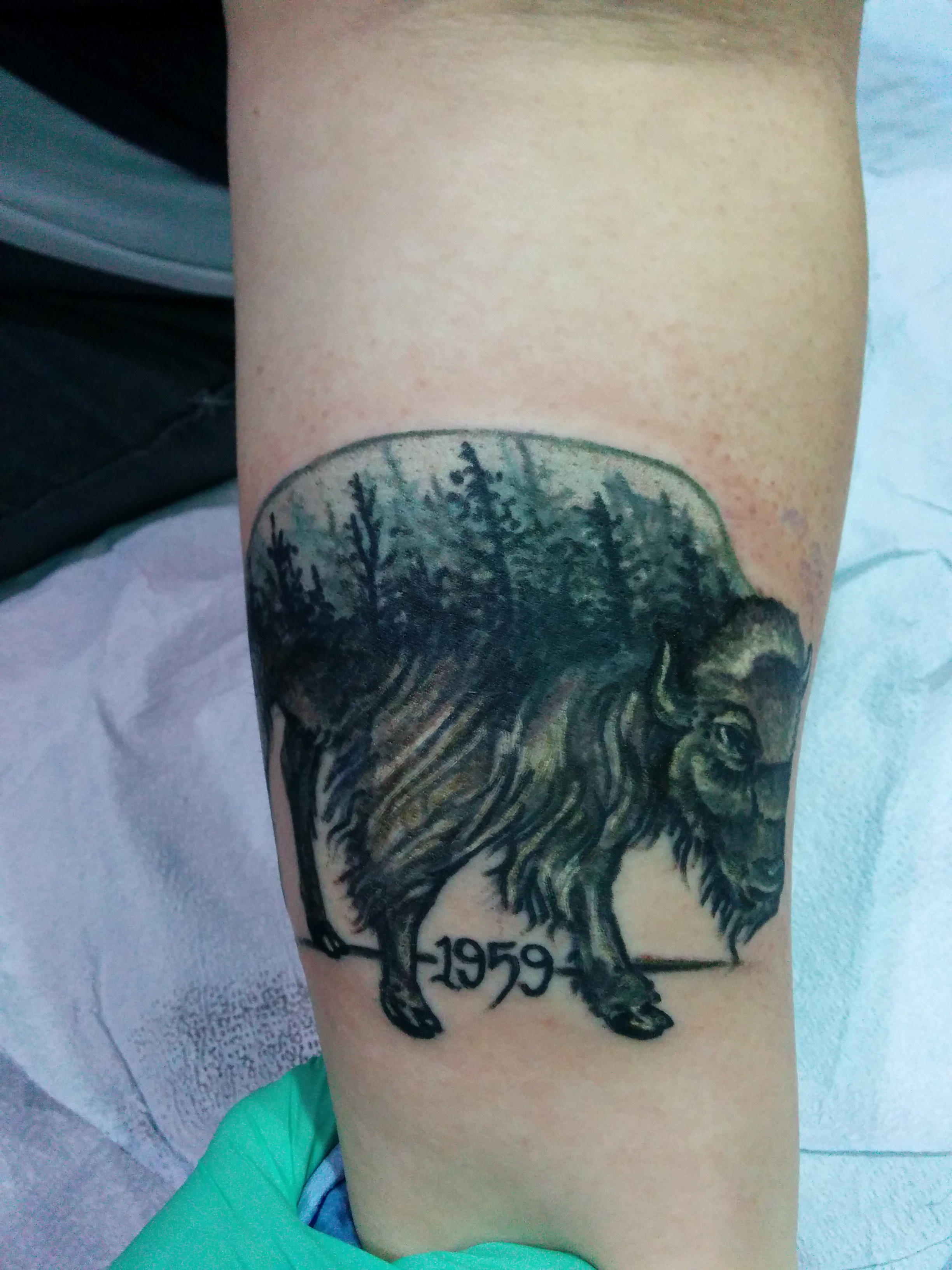
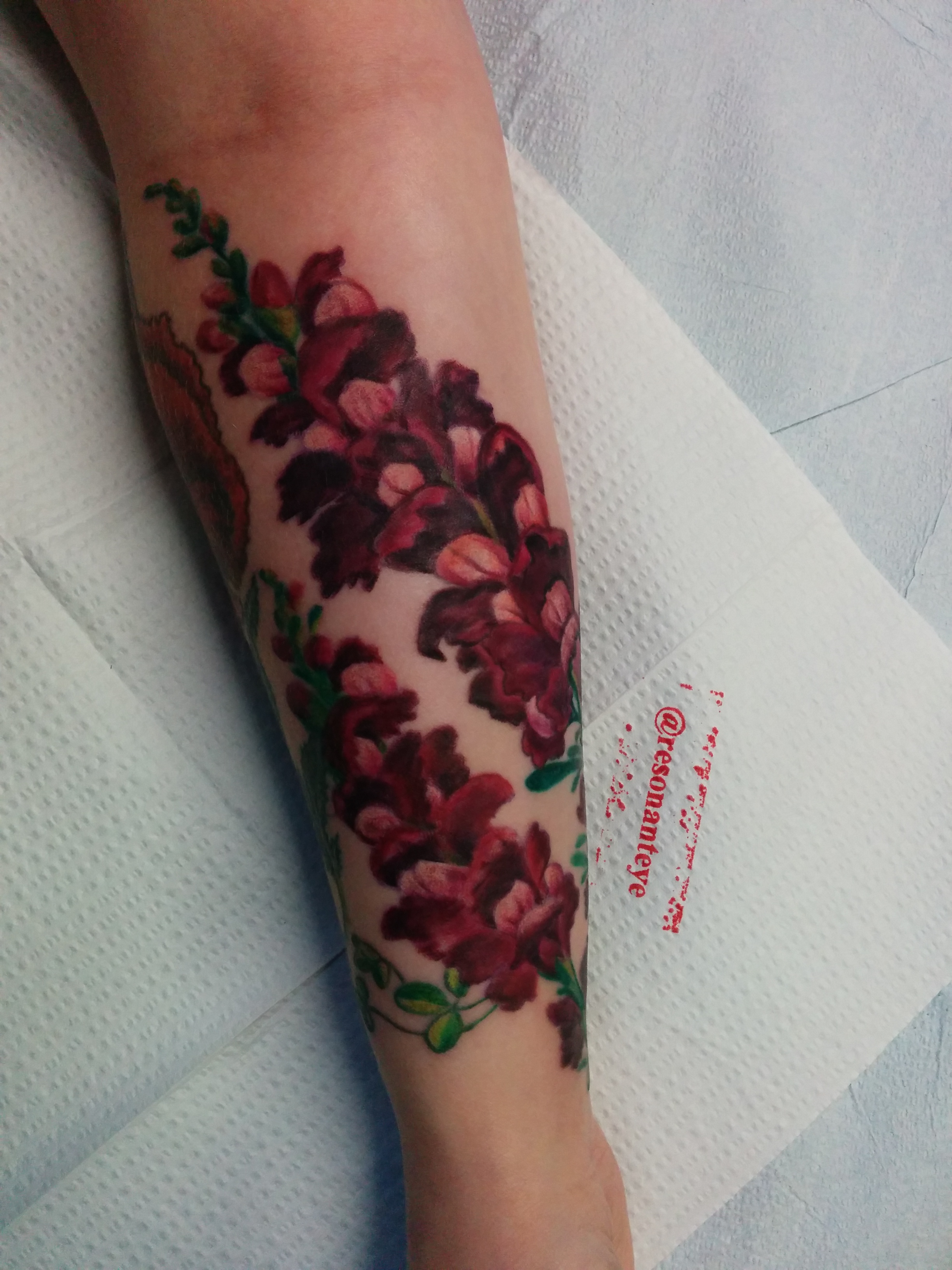
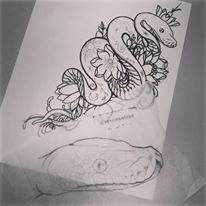
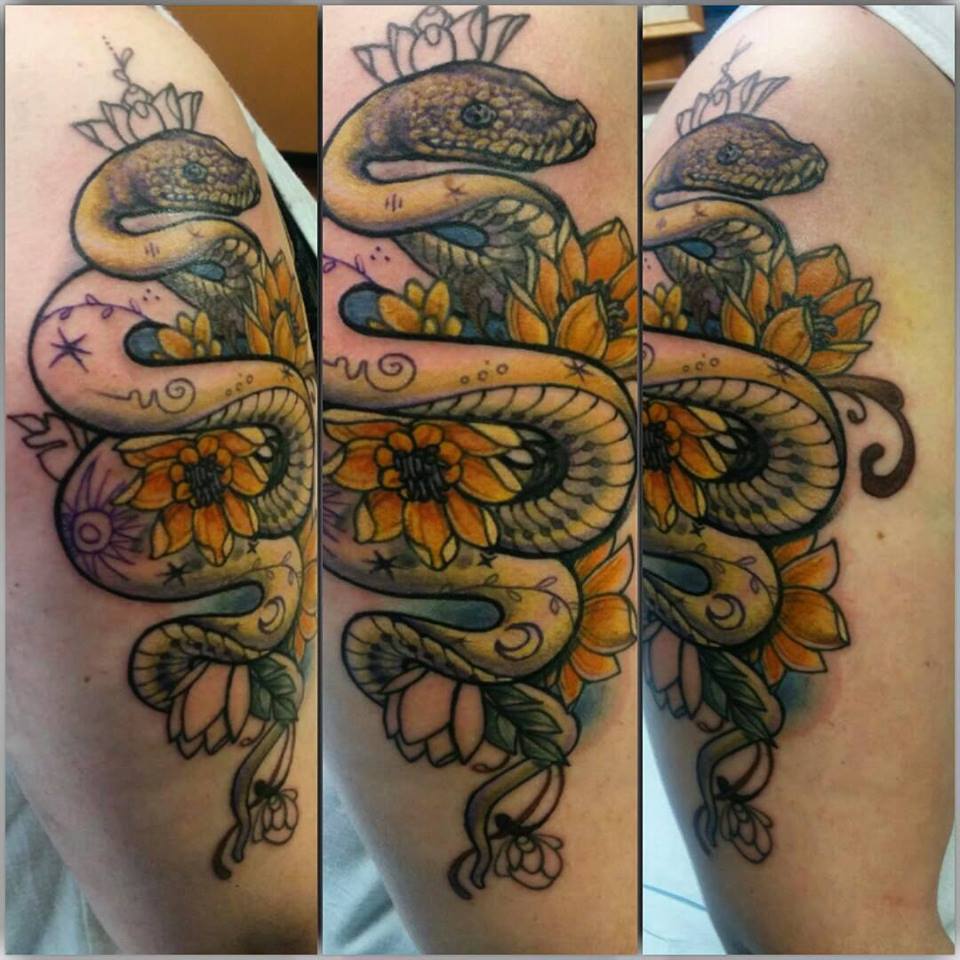


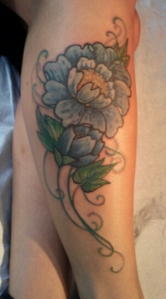
 I’ll be teaching a seminar at the PDX expo in October!
I’ll be teaching a seminar at the PDX expo in October!
 This depends on a lot of factors.
This depends on a lot of factors.



























 There are a lot of great books on art out there, and I’m bound to miss a lot in my list. These are just books I have found incredibly helpful in my work, and which I refer to often.
There are a lot of great books on art out there, and I’m bound to miss a lot in my list. These are just books I have found incredibly helpful in my work, and which I refer to often.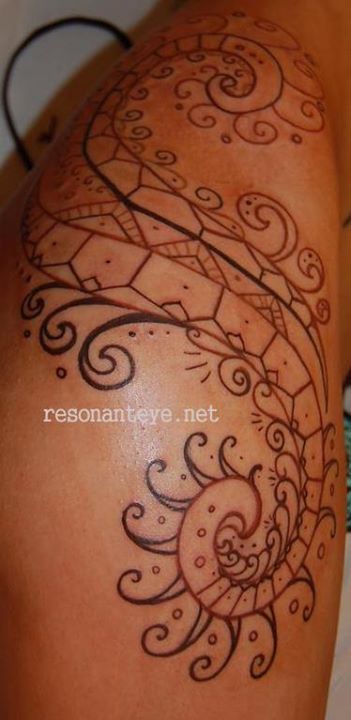
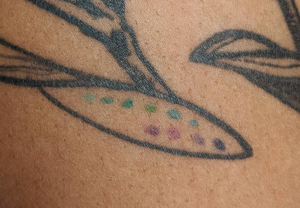
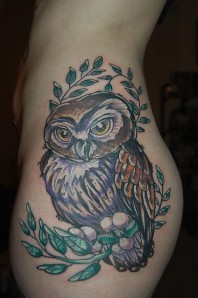 Your most important decision isn’t going to be the art itself, but the artist you choose to apply it. Before you even start putting together any images, you should start looking for an artist to do the tattoo. Most people assume they have to come in with some kind of finished piece and then hand that to just any artist, and they will get a good tattoo. This is pretty much backwards!
Your most important decision isn’t going to be the art itself, but the artist you choose to apply it. Before you even start putting together any images, you should start looking for an artist to do the tattoo. Most people assume they have to come in with some kind of finished piece and then hand that to just any artist, and they will get a good tattoo. This is pretty much backwards!
